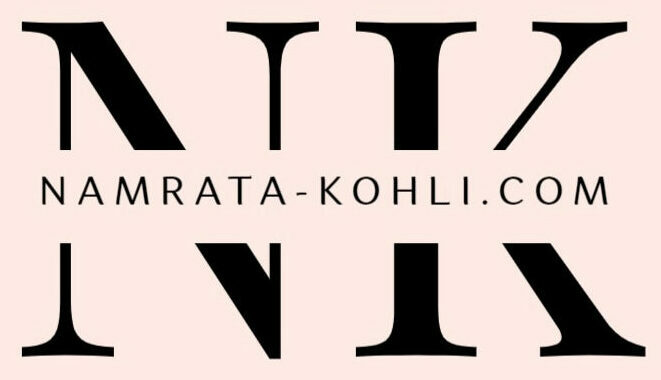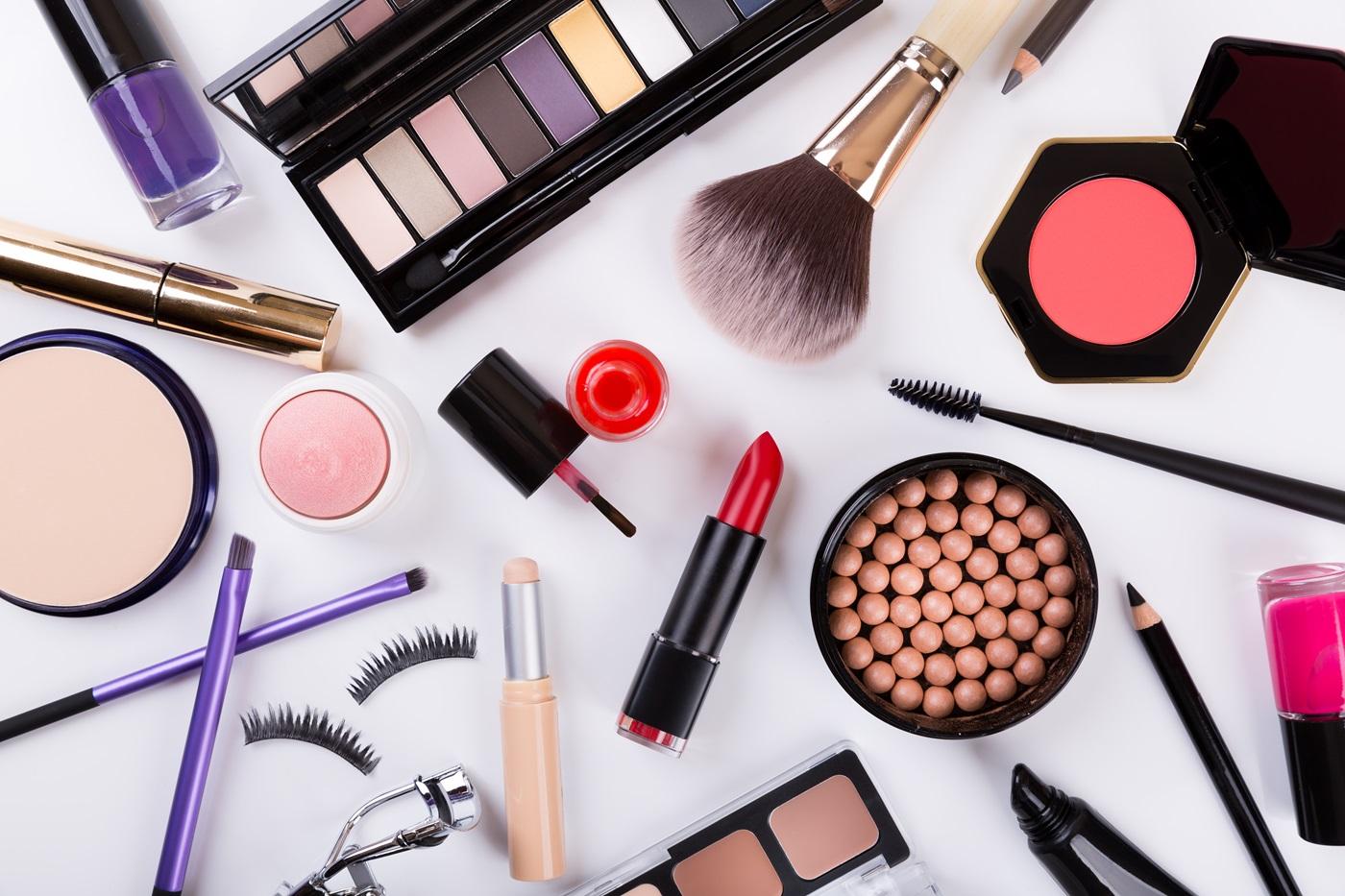One could call the 2020s the Age of the Influencer. In this literally ‘reel world’, the camera has become the new mirror — and it can be brutally honest sometimes. What looks fresh in person can appear flat, shiny or washed out on screen. And as a growing number of Indians turn content creators — from founders filming LinkedIn videos to brides shooting DIY bridal reels — ‘camera-ready makeup’ has quietly emerged as a new spending category. It’s no longer just celebrities or influencers investing in HD foundations, matte primers and ring lights but also corporate honchos, entrepreneurs, public figures.
Consumers are directing their spending towards products that guarantee on-screen perfection. With brands now formulating for blue light, LED glare and 4K clarity, camera-ready makeup is poised to become mainstream in a market projected at $5.89 billion in 2025, according to a Market Research Future report.
This isn’t vanity; it’s workplace visibility.
The average “camera-kit” purchase now ranges between Rs 3,000 and Rs 300,000 depending on brand and lighting gear. Even the male grooming category is riding this wave, clocking double-digit growth driven by Zoom-heavy workdays and LinkedIn-first creators. What used to be optional is now basic camera hygiene — anti-shine balms, concealers, brow gels, tinted lip balms and blurring powder have all found their way into men’s grooming kits.
High-ticket picks include HD foundations, mattifying primers, colour correctors, semi-matte lipsticks, long-wear setting sprays and even ring lights and soft boxes. Mid-range favourites span contour sticks, brow definers and transfer-proof blush, while budget staples such as mascaras, eyeshadow palettes and lash curlers continue to rule everyday carts.
Makeup for camera needs a different playbook
What the smartphone sees is rarely what the human eye sees. Harsh white lights, inconsistent exposure, front-camera flattening and the growing popularity of ring lights all alter undertones and highlight skin texture.
At Nykaaland 2025, a beauty carnival with masterclasses by top makeup artists held in November in New Delhi, this behaviour of makeup under lenses and lights became a central theme across multiple masterclasses featuring India’s top artists.
Daniel Bauer, known for crafting some of Katrina Kaif’s most iconic looks, explains: “So, a lot of people think what you see with your eyes is what you’re going to get on camera or on lens, which is not the same. So like again. It depends on the lighting, how the lighting was used, and you need to understand how it translates on camera. For movies, it’s different, for stage shows it’s different, for TV it’s very different. Lighting changes everything. Harsh lighting, white lighting — you have to go warmer with the foundation. With stage lighting, you shine more, so you need something satin or matte. I wouldn’t use as much highlighter.”
In other words, lighting is key, making earlier makeup rules — dewy skin, glossy finishes, sheer bases — fairly redundant. Instead, camera-ready makeup emphasises balance, depth, shape, and controlled glow.
The make-or-break step, though, remains preparing your skin first. Most makeup artists agree that prep determines 70 per cent of the final result on camera. Bauer emphasises a meticulous but minimalist routine: “A good cleanse is important. Use a moisturizer that nourishes without making the skin greasy. Lots of vitamins, under-eye cream, lip balm. I prep the skin really well — not with primer but with moisturizer, then take off the excess. Finally, use a setting spray so the foundation blends well.” In the world of reels, where filming often happens under hot lights and multiple retakes, poorly prepped skin can quickly turn shiny or patchy.
Matte or glow? The debate rages on
One of the biggest debates in camera makeup today is matte vs glow. According to makeup artist Meera Sakhrani, “For cameras, it has to be semi-matte. Anything too shiny takes away structure. You need a little glow — but controlled.”
Sakrani breaks down the core differences between regular makeup and camera-ready looks: more matte and less dewy finishes, slightly higher coverage, strategic sculpting and contouring, and techniques focused on lifting and defining the face so it translates cleanly on screen.
Contouring becomes crucial on camera, she says. “You can’t go brighter. The camera adds weight to your face. So technique is everything.”
Lips often steal the spotlight — a small feature with big impact. They define expression, balance the face, and can instantly shift a makeup look from casual to couture. A well-executed lip can anchor the whole aesthetic, adding confidence, sophistication, and character.
“Lip artistry involves understanding the shape, size, and natural colour of the lips,” says Babita, who worked on lip artistry with Kylie Cosmetics. “Techniques such as lining, shading, and highlighting can enhance natural beauty, creating a look that’s both polished and personalised. In makeup, lips are a statement. Whether it’s a bold, bright colour or a subtle nude, the right shade can transform the entire look.”
But before artistry comes lipcare. Healthy, hydrated lips are the real canvas. Regular exfoliation, moisturising, and sun protection ensure colour glides on smoothly and stays vibrant. From soft-focus nudes to high-impact reds, lip care and lip craft together unlock the full potential of every smile.
Are Indian skin tones finally getting their due?
The beauty industry is finally acknowledging the full spectrum of Indian complexions — from golden and honey undertones to warm beige, tan, caramel, wheatish, olive and rich deep browns — and creating products specifically designed for them rather than forcing a one-shade-fits-all global palette. The past decade has seen a massive expansion in shade ranges, with more brands recognising India’s warm, golden and deeper undertones.
Sakrani agrees: “We have a lot of brands, luxury brands who are acknowledging us. You know, Chanel just did a Diwali event…. They’re working on richer tones. We have many more shades than before, and on diversity, yes, we’re doing way better now. Universally, also, they’re launching much more shades.”
Reel life gets real-life makeover
This new range has made it easier for consumers — especially those shooting their own videos — to find base products that don’t grey out under LED lights. With millions producing video content, artists are now asked to distinguish between on-stage makeup and on-reel makeup.
Mehak Oberoi, the artist behind Kiara Advani’s global red carpet looks, demystified high-glam beauty for everyday users. Her golden rule: “It’s about the right product for the right skin type. Otherwise, you end up looking sweaty or burnt out.” On textures, she insists: “Everything has to be in the correct step — liquid, cream, then powder.” And if she had to pick one underrated product that transforms the face on camera? “A lash curler. It opens up the eyes immediately. And a good mascara.”
In a country where careers, conversations, and celebrations increasingly unfold on camera, makeup has adapted to the moment. The kit has changed, the techniques have shifted, and the consumer has become far more camera-savvy. The face we show the world is now both physical and digital — and beauty is learning to serve both. Camera-ready makeup isn’t just a trend; it’s the new everyday.




